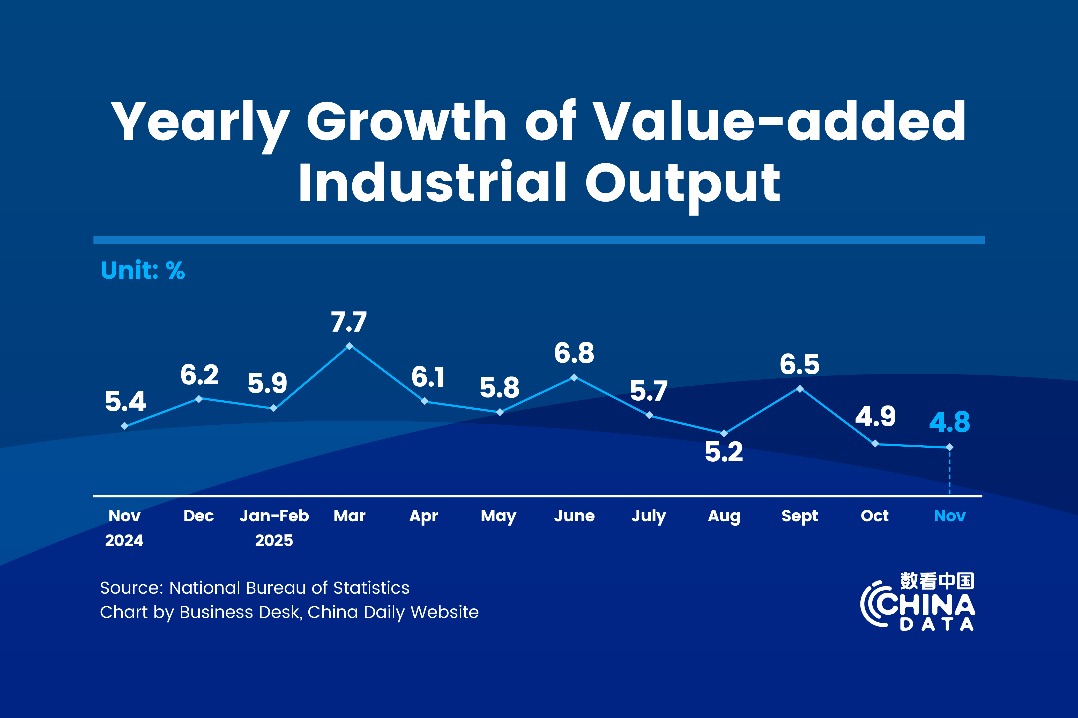Not including export of services skews trade deficit in favor of US

After the US trade representative proposed a new round of hefty tariffs on Chinese imports on July 10, Beijing said the US had overestimated the size of its trade deficit with China, and the main reason for the imbalance does not lie with the Chinese side.
Rather, it is because savings rates in the US remain low, the US dollar serves as an international reserve currency, and the two countries differ in industrial competitiveness and in the international division of labor.
Besides, the US, owing to a Cold War mentality, imposes restrictions on the export of high-tech products, which have a comparative advantage, the Ministry of Commerce said on Wednesday.
There is, however, another reason for the US' "massive" trade deficit with China, according to some US researchers, who believe that trade warriors in the Trump administration have deliberately exaggerated the trade deficit by excluding US services exports, and that has its own risks.
At a March 23 news conference, US President Donald Trump famously said, "Last year, we lost $500 billion on trade with China." That was fake news, according to Alan Reynolds, a senior fellow at the Cato Institute, a Washington-based think tank.
"The correct number was $335.7 billion once we count the $40.2 billion US surplus in services," Reynolds said, adding that if the $35 billion trade deficit with the US posted by Hong Kong – reasonably so, because Hong Kong is part of China – were included, the net trade deficit of China, including Hong Kong, with the US would be $300.6 billion in 2017, $200 billion less than Trump claimed.
There's no excuse for not counting services when calculating trade, as the United States is predominantly a services-based economy. Rising US services exports accounted for a third of total exports from January through May, and the US surplus in services shrunk the total deficit by 31 percent, Reynolds said, citing statistics from the US Census Bureau.
Private services account for 69 percent of the US GDP and were responsible for 128.2 million jobs in June, while goods-producing industries combined accounted for only 20.7 million jobs this June, the researcher said last week.
"When President Trump and his trade war generals talk excitedly about bilateral trade deficits, they invariably talk only about goods — never services," Reynolds noted.
Commerce Secretary Wilbur Ross, for example, published "Free Trade Is a Two-Way Street" in The Wall Street Journal, writing only about "trade in goods" — as though a third of US exports, most US jobs and 69 percent of the US GDP is not worth mentioning.
In an interview with China Daily, Reynolds pointed out that some US news reports often include service industries when reporting on the overall trade balance, but exclude services when discussing trade with specific countries, such as China.
For example, The New York Times reported on Feb 6 that, "The gap between Chinese goods imported to the United States and American goods exported to China rose to $375.2 billion last year, up from $347 billion the prior year. … The overall United States trade deficit in goods and services with the world widened 12.1 percent to $566 billion last year, the largest gap since 2008."
Why were services included in the statistic on world trade but not in the statistic on trade with China?
"President Trump and others who are mistakenly troubled by trade deficits with specific countries should at least get the facts straight," he said.
Gary Hufbauer, a nonresident senior fellow of the Peterson Institute for International Economics, also said Trump is focused on products that one can touch and feel — in other words, merchandise trade.
"This makes no sense, since the US is very strong in service exports, and his own business is a service firm," the former deputy assistant secretary for international trade and investment policy of the US Treasury told China Daily.
"But his political identity is with manufacturing workers, so it helps his case to just cite merchandise trade numbers," Hufbauer said.
The US services surplus with China has increased 25 times from 2003 to 2017, according to US official statistics.
The ongoing trade spat with China may risk sapping the momentum, Hufbauer said, because China may decide to restrict US service firms doing business in China as part of the retaliatory package.
"This will be unfortunate both for the firms and for China," he said.
Both Reynolds and Hufbauer said the Trump administration is "missing the mark" by hiking tariffs to protect the manufacturing industries and jobs, while ignoring the "indisputable fact" that private services industries have accounted for all long-term growth of US employment over several decades.
Although the current US trade surplus with China in services may appear relatively small, it rose from $1.7 billion in 2007 to $40.2 billion in 2017.
If it continued doubling every five years, as it did over the past five years, it could reach $80 billion by 2022 and $160 billion by 2027, Reynolds said.
But what if the trade relations continue souring between the world's top two economies?
Contact the writer at huanxinzhao@chinadailyusa.com




































